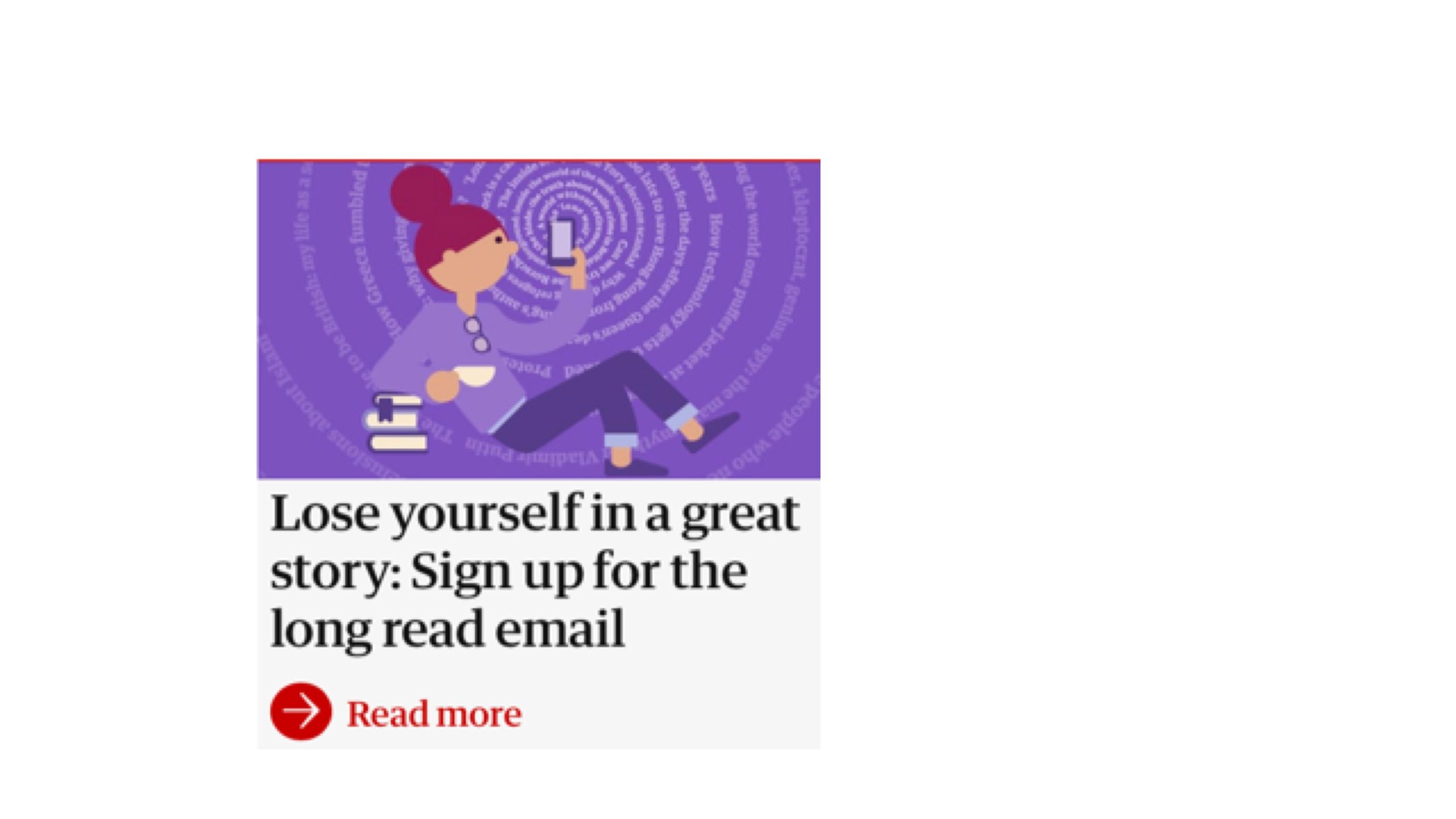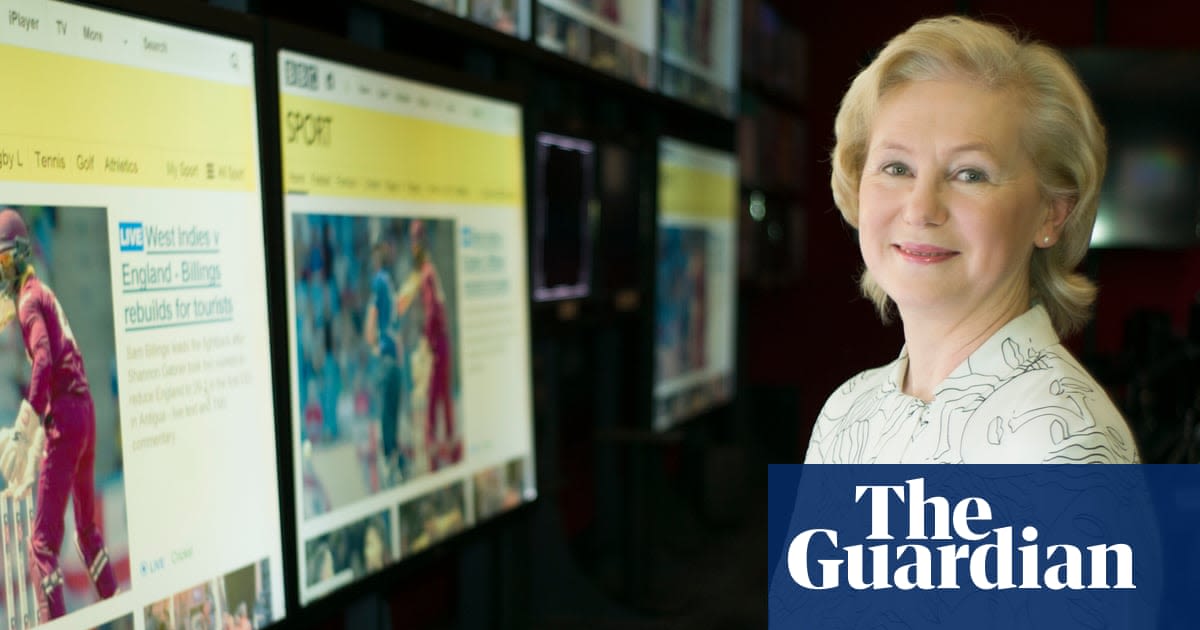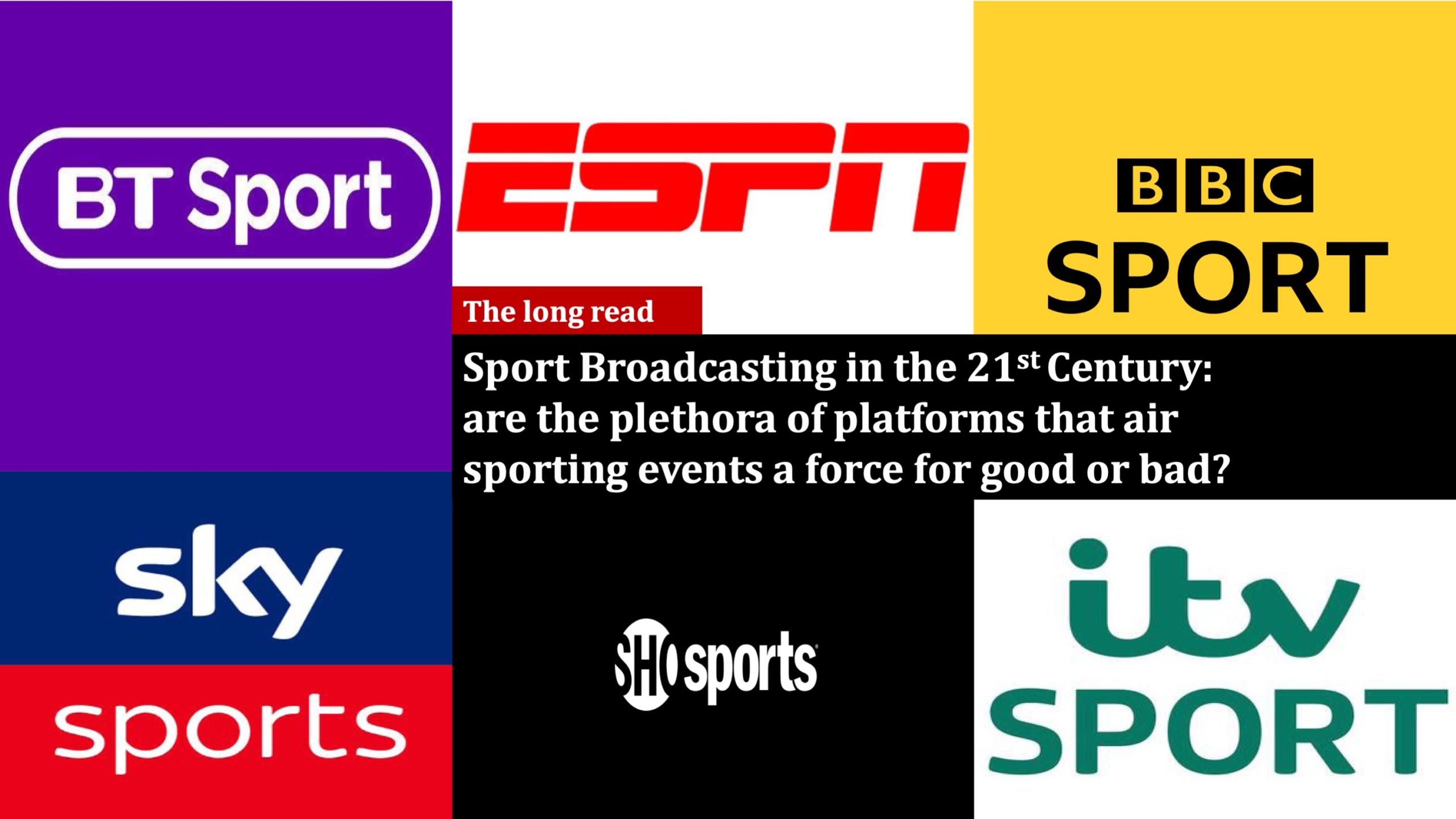
Modern means of consuming sport via the media have never been as fast-changing as they are now. As traditional broadcasters are losing their stranglehold over major events, is their focus on more obscure sports, and is female and para-athletes' participation driving new demand and opening up the sporting world to all?
By Ben Outhwaite
On a somewhat gloomy Saturday morning in April 2018, the BBC revealed its flagship radio sports coverage platform Test Match Special had lost the rights to cover England's upcoming cricket tours of Sri Lanka and the West Indies to rival broadcaster TalkSport. This date marked the first time that the BBC's TMS had lost the rights to an England overseas tour since 2005.
I think the response to this tweet speaks volumes. I know our loyal @bbctms listeners will be very disappointed and I’m very sorry. I hope I can still provide news coverage on BBC. To be clear, it has nothing to do with @ECB_cricket. SL and WI Board decision https://t.co/dMFh8fmbxL
— Jonathan Agnew (@Aggerscricket) 18 April 2018
TMS commentator Jonathan Agnew was quick to voice his views of the move to TalkSport on Twitter, stating 'loyal' listeners of @bbctms will no doubt be 'very disappointed'. Indeed, followers of Agnew on Twitter soon expressed their misery and dismay at the matter also, with one woman claiming TMS coverage during the winter 'kept her going' throughout a 'stressful, insomniac winter.' Instead of the BBC having a devoted TMS team in the sub-continent during England's tour of Sri Lanka and the West Indies, a group of journalists sat around a television in an office and watched the game on Sky (rather ironically) and provided ball-by-ball updates on its website.
Avid fans of TMS may be holding their breath hoping that their beloved sports coverage service will reclaim the rights to all England tours speedily, but being caught waiting may not be the wise thing to do. This move from Test Match Special to Talksport is in fact just the tip of the iceberg when it comes to sport broadcasting constantly changing platforms. Similarly, Sky lost the rights to cover the Ashes to BT Sport in the winter of 2017, which also included ODIs, T20s and other series in Australia from 2016.
The argument of terrestrial television against subscription-based services has become a close-knit battle over the last ten years or so. With this debate has come the introduction of many sports streaming services but has also seen traditional terrestrial channels remain constant. However, some of these 'free to air' mediums have become the victim of what may appear to many as a shift in power. A recent example, although once being the undisputed home of Formula 1, the BBC relinquished its rights to the Grand Prix and all F1 races three years earlier than anticipated in 2015 'as part of savings', according to the national broadcasting company. The rights to air live F1 racing events was snapped up by Sky, which now has its own dedicated Formula 1 channel. But to add salt into the BBC's wound, Sky will be partnering with Channel 4 on a new 'collaborative deal' which will allow the latter to broadcast the British Grand Prix Live, along with 20 other racing events throughout 2019, according to Channel 4's website. Channel 4 CEO Alex Mahon expressed her delight at the broadcasting deal soon after it was announced: "I'm delighted Channel 4 and Sky have been able to establish this innovative and exciting partnership which will ensure both the British Grand Prix and Formula 1 highlights will remain on free-to-air television for UK viewers."
"I'm delighted Channel 4 and Sky have been able to establish this innovative and exciting partnership for racing events throughout 2019" - Alex Mahon, Channel 4 CEO
Although this was a move from a terrestrial channel to another terrestrial channel, this follows what has now become a common pattern for the BBC in terms of losing rights to broadcast sports on their platform. In February 2015, the national broadcasting company 'surrendered' their rights to golf's The Open Championship after 61 years. According to The Telegraph, the BBC refused to compete with an offer from Sky thought to be in the region of double the £7 million a year it is paying under the current deal. This shift in broadcasting rights was a landmark event in the calendar, as it saw the end of one of sport's longest-running partnerships. Sky's success was not limited to coverage of The Open however; the multinational subscription-based company now holds the rights to all four majors as well as the Ryder Cup, PGA Tour and European Tour. This move of Golf's television coverage sparked uproar amongst PGA professionals such as Lee Westwood: "This is an absolute disgrace. I cannot believe The Open isn't protected as one of sport's crown jewels". On the other hand, Sky Sports Managing Director Barney Francis was soon to praise the move: "Sky Sports offers unrivalled commitment, airtime and promotion as well as year-round innovative coverage", adding "We look forward to working with The R&A to entertain and engage golf fans".
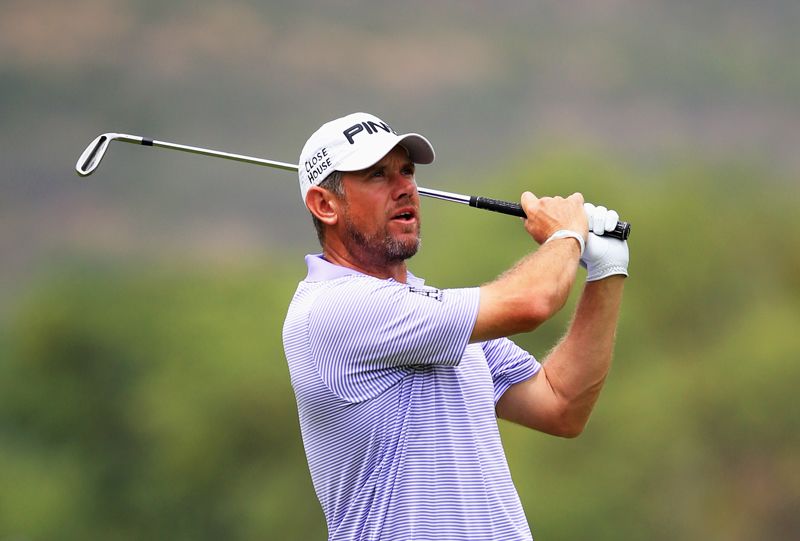
Incandescent...Lee Westwood held no punches voicing his opinion of The Open's departure from free-to-air television in 2015. Photograph: Golf Monthly
Incandescent...Lee Westwood held no punches voicing his opinion of The Open's departure from free-to-air television in 2015. Photograph: Golf Monthly
Despite acknowledging a huge loss in coverage rights, The BBC's Director of Sport Barbara Slater defended her company's relationship with the R&A: “We’re obviously disappointed that we were unable to retain live TV coverage of the Open Championship. However, we’re pleased to be continuing our 60-year partnership with the R&A and feel that a comprehensive two-hour highlights programme will continue to be a great success." Indeed, as of 2017 the BBC showed a mere two hours-worth of highlights from each day's play of tour events between 8-10pm - this being the only free- to-watch golf program available on television.
Clearly realising the need to adapt, the BBC have taken to broadcasting less popular sports on their channels in the past few years. In March 2018, the national broadcasting company announced that it would be streaming 1000 extra hours of live sport every year. As well as this, an additional 26 sports, ranging from wheelchair rugby, Women's Super League Football and the British Basketball League. But why bother showing these far less well-known sports? Is it simply to make up for the fact the BBC have been vanquished by subscription-based services such as BT and Sky, and even Channel 4 and ITV - other free mediums?
Tony Hall, BBC director general, ensures viewers that the public service broadcaster is "reinventing the BBC for a new generation." Barbara Slater added: "We want to use BBC Sport's live streaming service to showcase more moments that inspire young people." The BBC's huge surge in broadcasting women's sports may appear to many to be simply digging their own grave, but Slater insists there is a transformation in women's sports coverage. In an interview with The Guardian, the BBC first female head of sport didn't hesitate to reveal that the UK audience for the Women's World Cup more than doubled from 5.1 million in 2011 to 12.4 million in 2015. All good news, but 5.1 million people is still a minor quantity compared to the 26.5 million viewers who watched England crash out of the World Cup on 11 July 2018, proving there's still a huge gap between female and male sports viewing figures.
What can't be argued against is the huge amount of success that women's sport has undergone in the past two years. In July 2015, England women reached the semi-finals of the FIFA Women's World Cup; two years later, England women's national cricket team won the ICC Women's World Cup in a spectacular final at Lord's and the rugby team reached the final of the Women's Rugby World Cup. The talent of English sportswomen is clearly there and is well-deserved of being advocated more than it already is.
But with every story there are two sides: journalist Dominic Lawson argues that broadcasters that air women's sports are more interested in the "desire to attract female viewers" as opposed to the "objective assessment of sporting quality and excitement." Making it clear in a somewhat provocative article, Lawson admits he has never been an established sportsman himself, but doesn't hold back when it comes to what he refers to as the "big lie" that the women's game is just as good as men's.

"Women's sport is not as good as men's!" Dominic Lawson puts it straight when it comes to the truth behind women's sports. Photograph: David M. Benett/Getty Images
"Women's sport is not as good as men's!" Dominic Lawson puts it straight when it comes to the truth behind women's sports. Photograph: David M. Benett/Getty Images
"Anya Shrubsole, star of the England team's final victory was described as 'a fiery fast bowler'. A beautiful smooth action, but fast? Her peak speed is around 70mph - the pace of a cunningly disguised slower ball delivered by a male bowler." Lawson doesn't stop there: "Jenny Gunn, described as 'steely eyed' by the Times - dropped a catch so simple that the word 'dolly' doesn't even get near. It would have caused titters if it had happened in a pub match on the village green." Many might describe Lawson using the traditional four-lettered English word, and to others he may have hit the nail on the head. But what the contentious journalist fails to realise is that women's sport is relative: it's physically impossible for a female cricketer to bowl at the same speeds as their male counterparts, and some male cricketers' hands (such as former England all-rounder Freddie Flintoff) are described as 'buckets' when it comes to catching - women simply can't compete at this level for physiological reasons.
Two days before International Women's Day in 2017, Nike unveiled its Pro Hijab, which would become available to purchase in Spring 2018. In addition to the global sporting brand's 'leap into modest sportswear', according to Shireen Ahmed of The Guardian, only a few weeks before this announcement, Nike released a new advertisement featuring women from the Middle East and North Africa - a promotion which reached over 1.5 million views on Youtube. The product's release also saw Emirati figure skater Zahra Lari posing in pictures of herself wearing the new design, proving Nike had reached its intended audience.
Support for Muslim women in sport has been around since 2001, when the Muslim Women's Sports Foundation was established. Their aim is simple: to increase the involvement of Muslim women and girls in sport without compromising their religious or cultural values. However, Muslim women have been competing in sport since the 7th century, according to Seyyed Hossein in The Heart of Islam: Enduring Values for Humanity. So why has it taken so long for the sporting world to manufacture clothes designed specifically for Muslim women?
Closely linked to the promotion of women's sports in general, the decision from Nike to release the Muslim women's sports hijab has come once again as a result of an increase in the broadcasting of women's sports. Although a major driving force behind the promotion of women's sports, a recent report by campaign group Women in Sport say that having women leaders in sport is simply 'not enough' to bring about cultural change, bringing in what could be the possibility of an exclusively Muslim women-based sports and sporting competitions.
Another minority group that has seen a rise in broadcasting is disabled sports. Officially known as 'adaptive sports', there are 38 recognised individual sports in this category, according to Disabled Sports USA, ranging from Power Soccer to Tennis and even Water Skiing. The BBC, a major broadcaster of disabled sports, have recognised the need to promote the importance of participation in adaptive sports, as according to a report from Sport England, disabled people are twice as likely to be physically inactive than non-disabled people - an alarming figure.
Before the first Paralympic games were held in Rome in 1960, disabled athletes had to compete in the regular Olympic games (the unfair nature of this took 64 years to acknowledge). Since 1960, the Paralympic Games are held alongisde the Summer Olympics every four years; in the London 2012 Olympics, 4,250 athletes from 164 countries took part in 20 sports, according to figures from Paralympic. Great Britain finished 3rd in the final medal table, 34 of their medals were gold.
Broadcasting of the Paralympics is covered by the BBC and sometimes Channel 4, but what are the viewing figures like? Certainly in the past seven years since London 2012, the viewing figures of the Paralympic Games in the United Kingdom have been exceptional. In 2012, the Games were watched by 31.6 million people, and in 2016 at the Rio Olympics, they were viewed by a staggering 45.24 million people. Between Beijing 2008 and London 2012, there was a rise in almost 20 million people watching the Paralympics. Although small fry compared to the viewing figures of the Olympics of London 2012 (51.9 million), ever since 2012, the Paralympic Games have never been so popular.
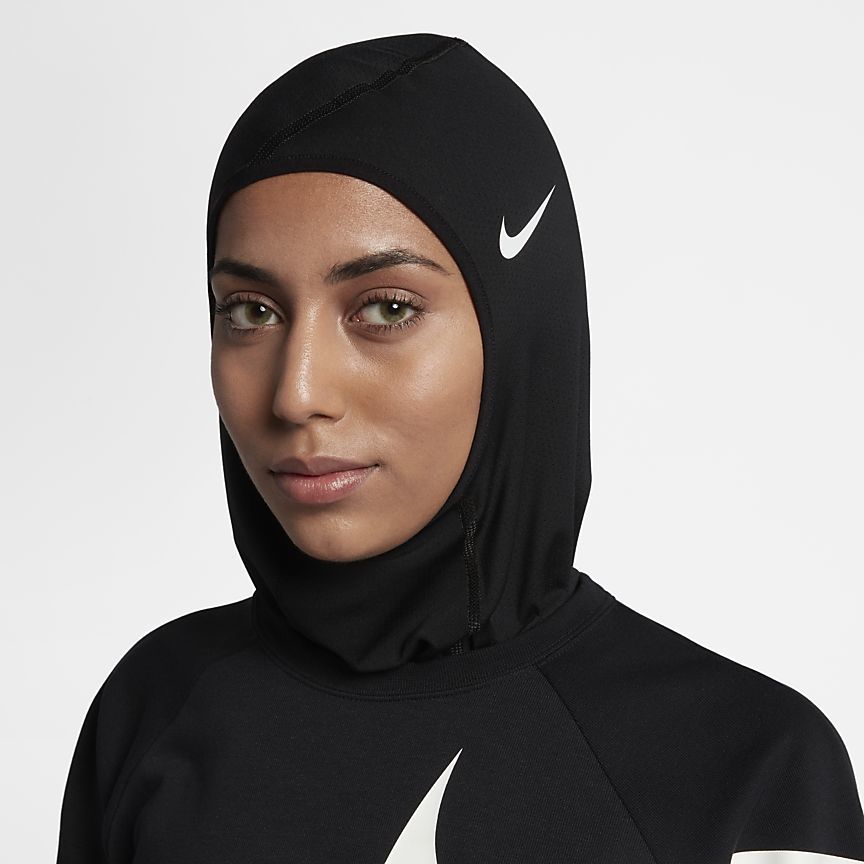
The MWSF was set up in 2001, but has the Women's sports Hijab only just been released due to increased broadcasting of women's sports? Photograph: Nike
The MWSF was set up in 2001, but has the Women's sports Hijab only just been released due to increased broadcasting of women's sports? Photograph: Nike
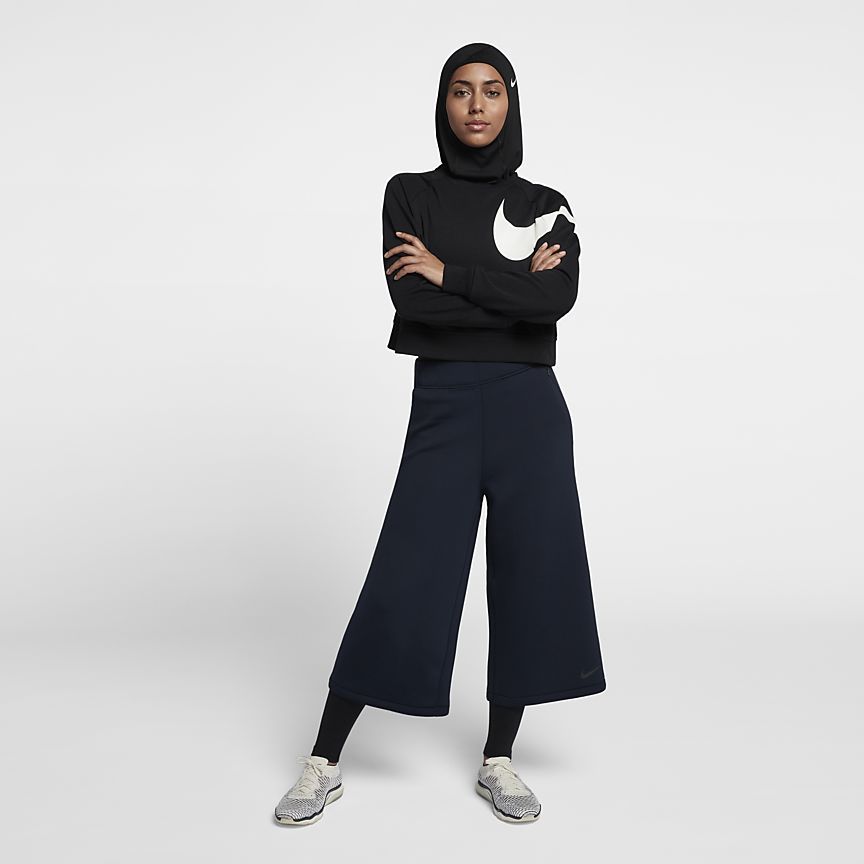
The MWSF was set up in 2001, but has the Women's sports Hijab only just been released due to increased broadcasting of women's sports? Photograph: Nike
The MWSF was set up in 2001, but has the Women's sports Hijab only just been released due to increased broadcasting of women's sports? Photograph: Nike
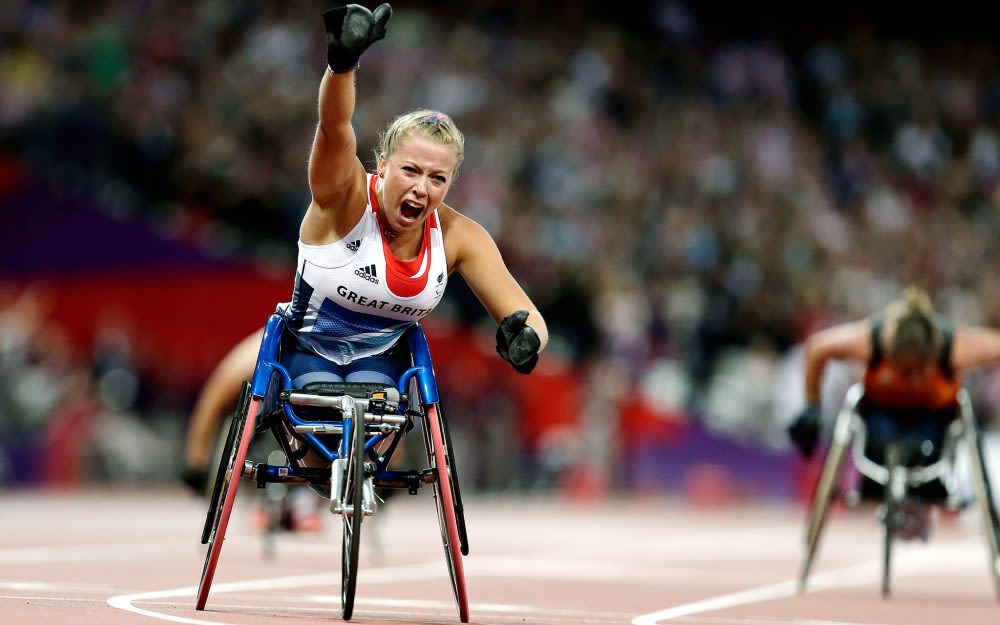
The Paralympics - another high-profile sporting event promoted by the BBC. Photograph: Women Fitness
The Paralympics - another high-profile sporting event promoted by the BBC. Photograph: Women Fitness
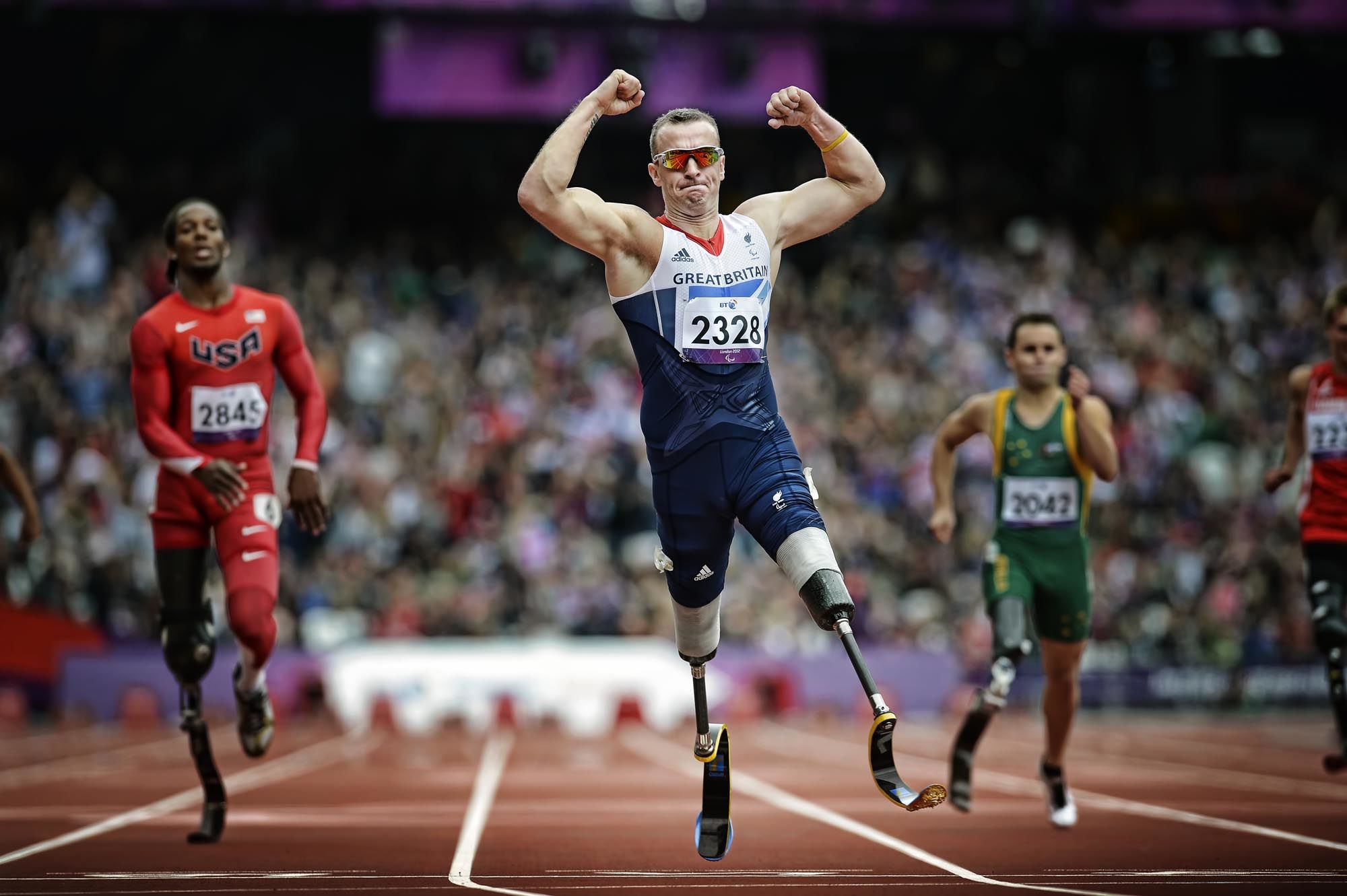
The Paralympics - another high-profile sporting event promoted by the BBC. Photograph: AFP Photo/Adrian Dennis
The Paralympics - another high-profile sporting event promoted by the BBC. Photograph: AFP Photo/Adrian Dennis

One of the most popular subscription-based sports services, BT Sport's branding and marketing strategy has proven highly successful in recent years in bringing in customers and securing new coverage deals.

Thomas O'Neill, The Drum Magazine
Thomas O'Neill, The Drum Magazine
Thomas O'Neill, Managing Editor The Drum, a global media platform and one of the biggest marketing websites in Europe, gives his top five tips that BT Sport have used to build their service:
1. Establish your brand
"Your brand say a lot about your business" says O'Neill. "If it appears fresh, consistent and is easily recognisable, you're onto a winning strategy." BT certainly has this: its logo is simple yet attractive with a blend of white writing on a purple background. The fact BT is the UK's largest telecommunications company is already a huge boost to the sports side of the business; the title in itself has now become somewhat of a household name.
2. Meet your customer's needs
"It's a case of both quality and quantity when it comes to the sport that BT air. For example, customers can watch UFC, the UEFA Champions League, the Indian Premier League and plenty of boxing. Not only does the company have these attractive sports, but their coverage is excellent." Money is in BT's favour, and they've used that to their benefit when bidding for new sports to broadcast and outbidding rivals such as Sky for sought-after rights.
3. Utilise all available platforms
The days of needing to record programs in order to watch them through is over, and O'Neill highlights the importance BT using lots of different mediums for customers to watch their content on: "Whilst on the move, people spend most of their time using their smartphones, predominantly watching video content or scrolling through a news feed. BT have hit the nail on the head here: their app and website lets customers watch highlights instead of long, drawn-out football matches as well as offering feeds on the latest news in sport." It's pretty much neverending when it comes to being able to watch content on BT Sport's mediums as they are constantly being updated with the latest clips and games from all of their sports.
4. Make sure the price is right
Rather tactically, BT have made their sports' subscription fee cheaper for existing customers as opposed to customers of other providers choosing to add-on the sports package. For the 18-month BT Sport pack it is £6 a month, but it comes in at a staggering £34.49 a month for Sky customers, not to mention the £20 activation fee: "BT have played a clever game here" says O'Neill. "They've given cheaper fees as a reward for existing customers whilst users of other service providers such as Virgin and Sky have to pay an arm and a leg for an identical package. This is a ploy to lure these people into becoming new BT customers with reduced subscription fees."
5. Keep up with competitors
"It might seem like stating the obvious, but it's probably the most important factor" argues O'Neill: "If a rival sports service bring out a revolutionary new feature on their smartphone app, for example, make sure you do the same whilst making it look different; but this time, make it even better and take the credit for yourself." Sky launched their impressive Sky Go app over a year before BT launched their version. Features such as streaming live sports to watch on a smartphone were replicated by BT, but they went an extra step to give their service the edge by introducing 50 frames-per-second video quality as opposed to Sky's 30 FPS.
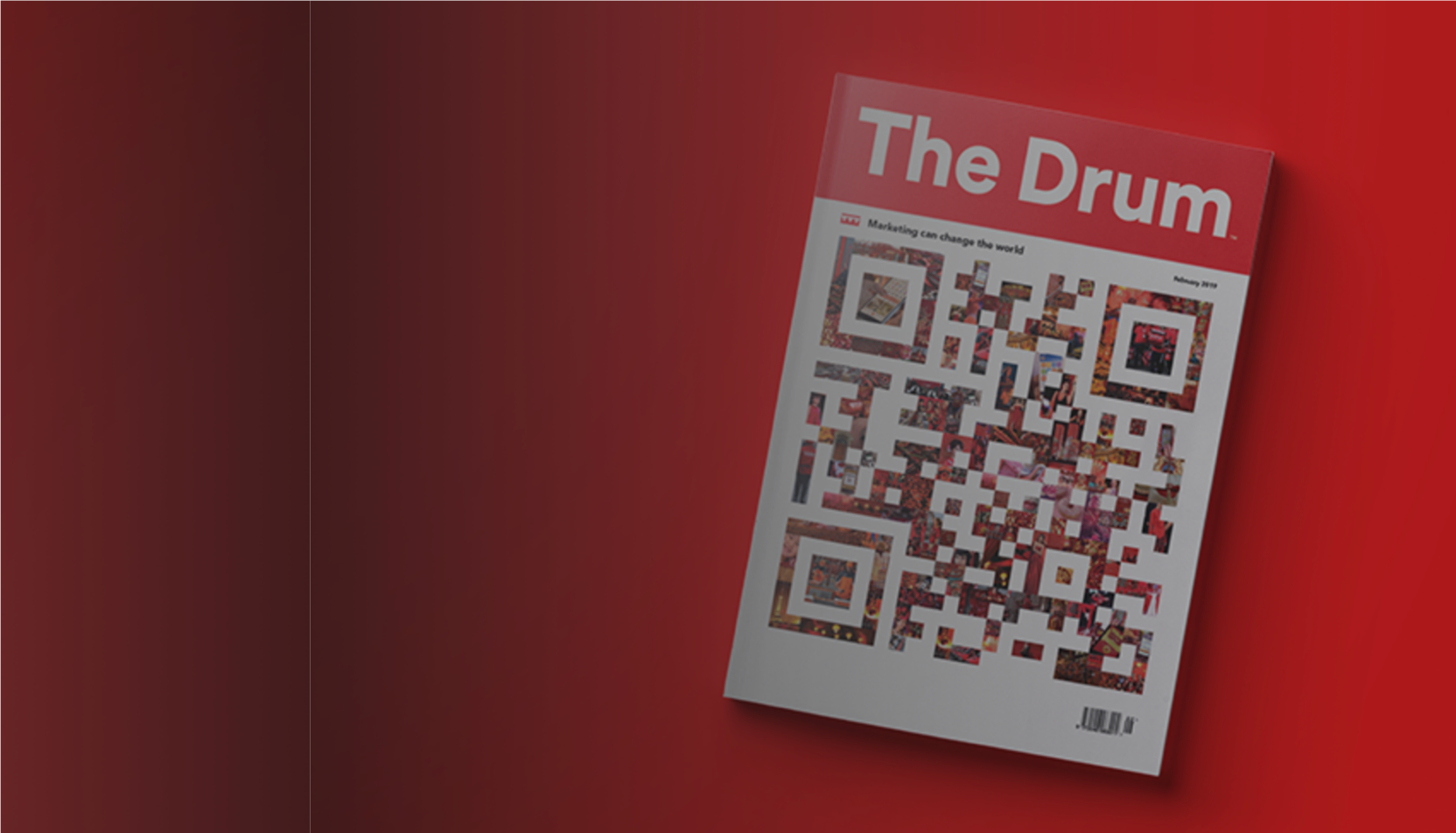

In 2018, Sky launched their Creative Agency in an effort to help the broadcaster reach new heights in the world of marketing. With this move came the rebranding of Sky Sports, which would see its biggest change in 26 years. Nine dedicated sports channels, ranging from Sky's flagship Premier League to Formula 1 and Cricket, provide customers with a universal sports-viewing experience.
Barney Francis, Managing Director of Sky Sports, gives an insight into why he thinks Sky Sports is the ultimate subscription-based sports package
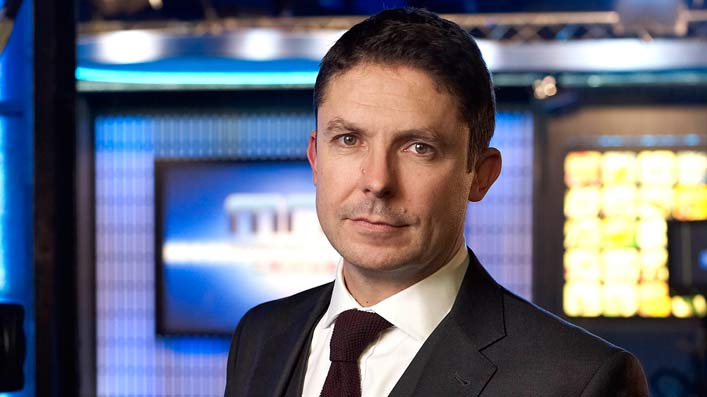
"The Sky is the limit" - Barney Francis gives his verdict on why Sky is the ultimate package for sports fans. Photograph: Paddock Magazine
"The Sky is the limit" - Barney Francis gives his verdict on why Sky is the ultimate package for sports fans. Photograph: Paddock Magazine
"Combining our universal array of sports with the quality of our coverage means we offer customers the best sports package you can get your hands on." In 2017 as part of a programming shift, Sky introduced 'vertical' channels (9 of which) dedicated to popular sports, meaning users could pick and choose which sports they watch.
"We want to give our customers choice, that's our main goal. If a customer who is a football superfan (like myself!) but isn't interested in say, the Formula 1 or Golf, they can pick a package that only includes our dedicated football channel. Overcharging customers is the last thing we want to do."
"Our universal array of sports along with the quality of our coverage means customers get the best sports package they can get their hands on"
The 2017 rebrand also saw the company release a set of refined logos: "Each of our dedicated sporting channels are unique, so we've designed a fresh logo to represent every individual sport that we broadcast." The new logos are based around the company's red, white and blue theme colours.

Sky's new-look Formula 1 logo. Image: Sky Sports
Sky's new-look Formula 1 logo. Image: Sky Sports
"As for the future, the sky truly is the limit for our company. I've been heading Sky Sports since 2009 and what I do doesn't feel like a job as such, but more of a lifestyle. The people I get to meet, the places I travel to; I don't think I realise quite how fortunate I am. I think I take it for granted!"
Eleven Sports - the self-styled 'Netflix of Sports' that was founded in late 2018 by Leeds United majority owner Andrea Radrizzani, is a fine example of an unsustainable sports streaming service. Initially, Eleven held the rights to cover football leagues including La Liga, Serie A and the Dutch Eredivisie but relinquished the rights to the last two in January 2019 as it was under pressure from football stakeholders after controversially airing these European games on Saturday afternoons. Instead, the company decided to focus on their coverage of La Liga games, they announced on their social media:
A statement from Eleven Sports UK & Ireland 👇
— Eleven Sports (@ElevenSports_UK) January 30, 2019
If our subscribers have any further questions surrounding the service, please email us on: info@elevensports.uk pic.twitter.com/S37H3SZq1G
Not only did the streaming service lose football rights, but UFC announced in January that they would be triggering an exit clause on the exclusive deal between the two companies due to Eleven Sports being unable to deliver promised distribution via pay-TV platforms, such as Sky, Virgin Media and BT. But where did it go wrong for Eleven Sports? What could have been a new groundbreaking sports streaming service turned out to be very underwhelming user experience for its customers, failing to live up to its ironic slogan 'For The Fans'.
Only four months after launching, Eleven Sports already faced the prospect of closure in the UK - the catalyst of this being the decision from Serie A and Eredivisie to defect from Radrizzani's sports streaming network to Premier Sports. The unethical practice of broadcasting live football on a Saturday afternoon was only the beginning of more troubling issues facing Eleven in an incredibly competitive industry. The broadcaster had already announced they were failing to attract enough subscribers in January 2018, therefore they were unable to afford the pay-TV distribution rights to air the sports they wanted to. This dip in subscription numbers was down to unjustifiable subscription fees of £4.99 a month as well as a lack of available sports.
An enjoyable user experience was non-existent for Eleven Sports' subscribers; a misleading slogan and a website available in only two languages don't even scratch the surface when it comes to evaluating the business. Thumbnails advertising sports that aren't covered in an Eleven Sports subscription are seen littered on its website show how out of its ways the company is - dreaming of something too good to be true. In addition, its somewhat limited blog posts seem to be a PR page for the business, announcing news that only speaks about new broadcasting rights obtained by Eleven (how is this 'For the Fans?').
The only thing that remains definite about the future of Eleven Sports is its uncertainty. Relying on streaming less popular sports such as LGPA and Allsvenskan (the top-flight Swedish football league, for those unaware) in order to attempt to make profits and bring in more subscribers is a dangerous game to play. The decision to reduce the subscription price from £5.99 to £4.99 at a time when the company were already not delivering promised distribution highlights the hard climate Eleven Sports faces.

The first ever pay-per-view sporting event was held on September 16, 1981. It saw a duel between the great Sugar Ray Leonard and Thomas Hearns for the Welterweight Championship. That was nearly fourty years ago, when ppv events were very much the new kid on the block. Fast forward to the 21st century, these money-making devices are used far more often, whether it be in WWE, boxing or MMA. But why have broadcasters taken to using this trend to pay for big sporting events? Why aren't they already included in subscription packages (after all, that's what customers pay for?) instead of charging a seperate fee for each one?
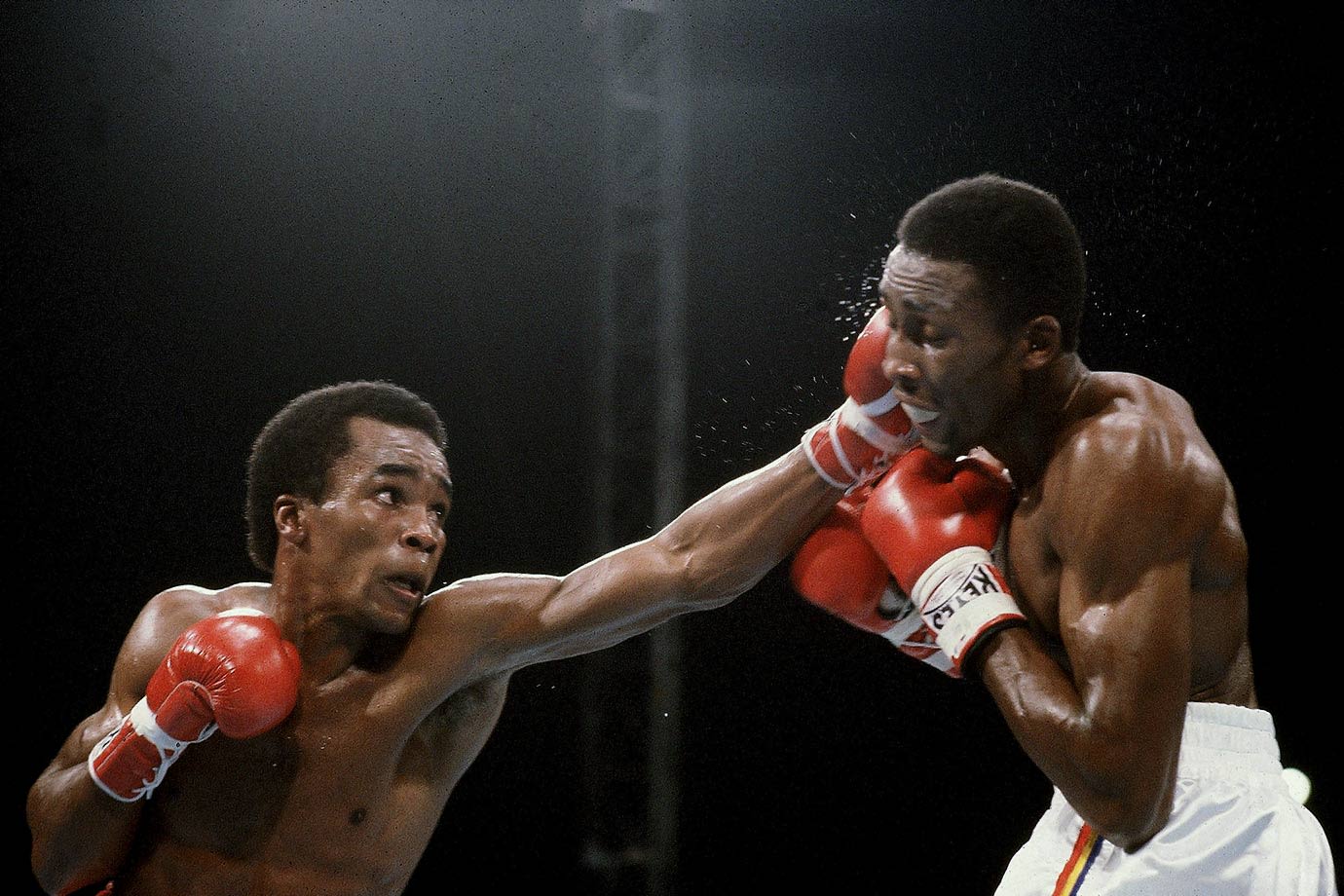
"Sugar" Ray Leonard vs Thomas Hearns in 1981 was the first ever sporting event to be shown on pay-per-view. Photograph: HBO
"Sugar" Ray Leonard vs Thomas Hearns in 1981 was the first ever sporting event to be shown on pay-per-view. Photograph: HBO
According to Steve Kim of ESPN: "Pay-per-view is not going anywhere, and it's here to stay". Indeed, since its birth in sport in 1981, it certainly hasn't gone anywhere. But why has this method of selling big sporting events grown so significantly? Mark Taffet, head of HBO PPV from 1984 to 2015 sums up why pay-per-view events have become so popular: "It's a very different marketplace with these new streaming services and these monthly subscriptions. As a result of this, I think it will redefine pay-per-view." Taffet goes onto say: "I think it's great for boxing that there's so many new players and so much money coming into the sport, it's allowing opportunities for young fighters to be seen and developed, and it's going to, over the long run, make for more frequent, and bigger, better fights." Although HBO bid farewell to broadcasting boxing in December 2018, Taffet's wealth of experience in the pay-per-view world is sage, to say the least.
However, in the boxing world in particular, there seems to have been a bit of a cloud cast over the sport in recent months. The most popular and successful boxers are tied to large broadcasters, such as Tyson Fury to ESPN, Deontay Wilder to Showtime and Anthony Joshua to Sky. These agreements from the top fighters in world boxing make it anything but simple to strike a deal to televise fights between them; boxing fans from around the world have made it clear they want to see a unification bout between Joshua and Wilder, but with each boxer being tied to different broadcasters, who will get the rights to televise the fight? Moreover, with Fury now only performing on ESPN platforms, the status of his rematch with Wilder is now unclear moving forward. What was once a case of the greatest boxers of all-time wanting to unify belts now appears to be dictated around a commercial aspect and who has the rights to televise each event.
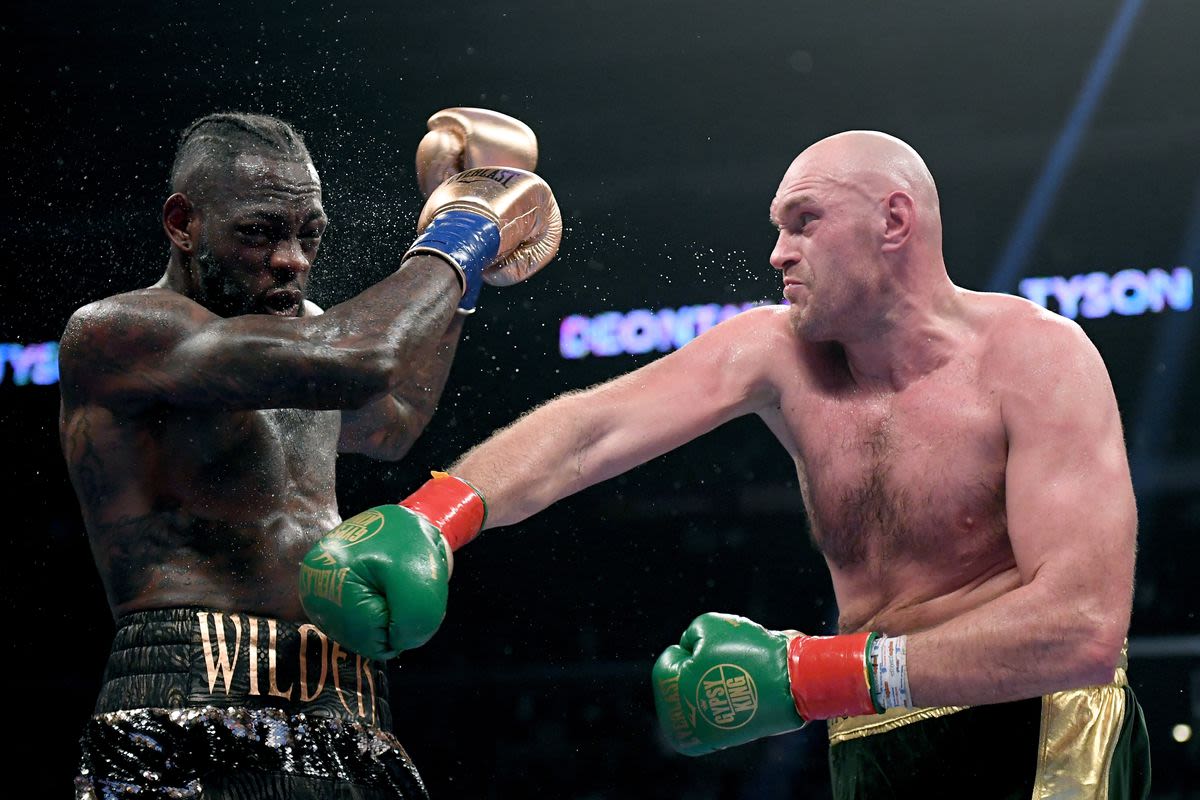
Lineal Heavyweight Champion Tyson Fury will be co-promoted by Top Rank, which means his next several fights will be on ESPN platforms. Photograph: Harry How/Getty Images.
Lineal Heavyweight Champion Tyson Fury will be co-promoted by Top Rank, which means his next several fights will be on ESPN platforms. Photograph: Harry How/Getty Images.
From a broadcasting view, Showtime, BT and Sky are no stranger to the ppv world. Most recently, Deontay Wilder vs Tyson Fury achieved 325,000 pay-per-view buys, which was aired on Showtime and BT Sport. In April 2017, Anthony Joshua's IBF and the vacant WBA and IBO belts were on the line against Wladimir Klitschko in a bout on Sky that saw a staggering 1.5 million pay-per-views sold. But these two examples are small-timers compared to the top five best-selling pay-per-view events in sport of all-time...

What is clear is that as broadcasters who televise sport relinquish their rights to cover certain sports and sporting events, the need to adapt and find new sports to cover and promote has become paramount in an effort to sustain. The BBC is a typical example of a broadcaster who over time have found it a necessity to find new sports that have the potential to become popular.
The vast amounts of platforms that are airing sports nowadays may seem like an unnecessary hassle to some, but the fact that this is driving new sports to be aired in terrestrial television is indeed driving new demand and opening up the sporting world to many different cultures.

